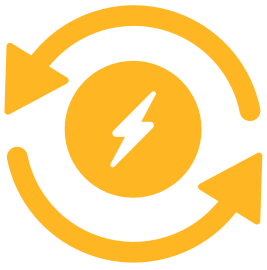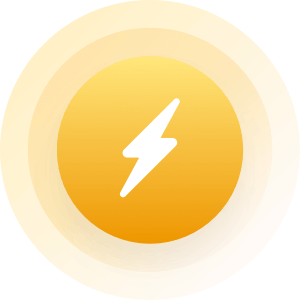In the United States there is a huge network of highways and thoroughfares. You can drive to nearly any destination.
Many of these highways have medians and easements which are basically bare land. Wood lines are cut back and the area bordering the highways have a section of land set aside as imminent domain (lane expansion). In cities, divided highways have collision avoidance barriers which separate the traffic direction. You often see signs and lights built in these areas.
Lately (the last 20 years or so) the lights are powered by small solar collectors on top. They have light sensors which turn on and off the lights according to the daylight hitting the sensor. Landscape lighting works much the same way but on a smaller scale.
As solar energy collection and conversion technology advances, it stands to offer a lo-cost option for electrical power for cities and towns.
In these "dead" parcels of land lining our transportation grid, we could erect high efficiency solar collectors and battery sub-stations. This additional electrical power could then add to current power resources in cities and towns, lowering the cost of electricity for millions.
It wouldn't be hard. Much less expensive than constructing and maintaining road surfaces. Ya dig a trench for the wire cables. You erect a pole and put a solar collector on it. Every so often you install a capacitor and a battery substation.
In cities, where lighting already exists, a full canopy could line the dividers. At my local VA, there has been recent construction of solar panels over parking areas. Electric car charging stations have been installed. It looks pretty cool and very modern and doesn't distract from the aesthetic look of the campus. I think its a brilliant and forward-thinking idea.
If you think about it, there's many areas where solar arrays would not destroy the aesthetics of an area. There's lots of ... 'dead spots' ... which could house solar arrays.
California experienced rolling blackouts. As more people use more electricity, these blackouts will continue to plague us. This is because most electrical grids are dependent on limited sources. With solar array saturation, rolling blackouts could be a thing of the past no matter how much electrical demand.
The technology and resources exist right now to start making this happen.
Communication industries have been switching to fiber optic. They don't lose money from it, they make more. Sure, there's a cost involved with setting it all up but the payoff assures quality service in the future.
If you have a solar home you can sell back your excess power to the electrical company. Why can't cities and town sell back their excess solar power to the electrical company? Not only would it be prudent for the electrical companies it would be for cities and towns, businesses and home owners as well.
What do ya think?
Upload photo
Would you look at a profile that doesn't have photos?
Probably not! Upload a photo for others to be interested.
- Higher position in search results!
- Users with pictures get 10 times more responses in their messages
- Most people only contact those with pictures
Jenny
Lina
Anna
Jessica
Dony









